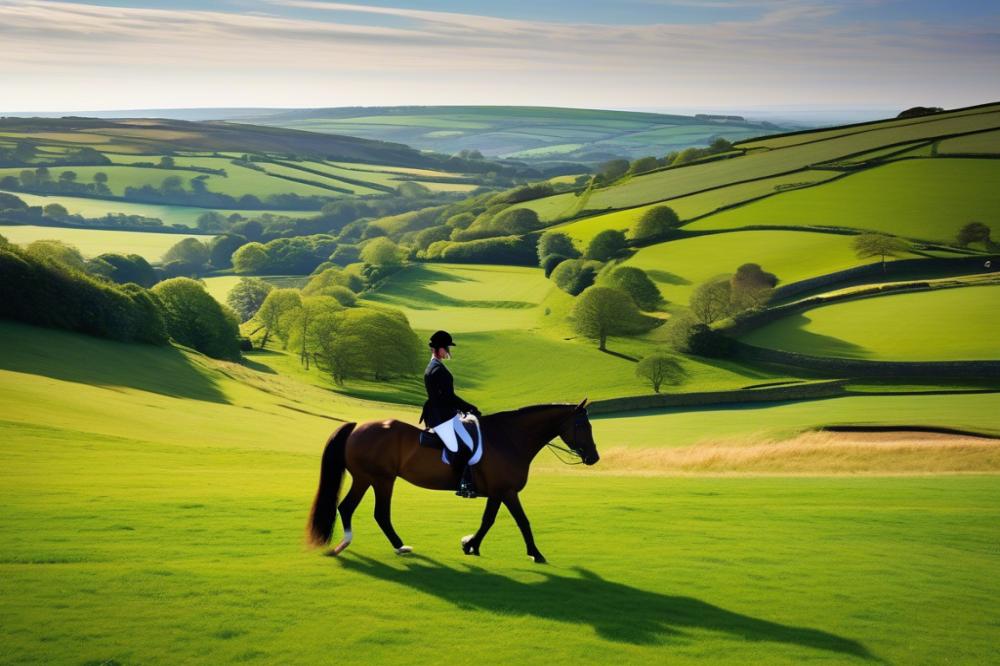Introduction
horses hold a special place in horses-in-viking-exploration-and-warfare”>British Culture. For centuries, they have been more than just animals; they symbolize strength, grace, and tradition. This connection is evident in various forms, from farming to leisure activities. Over time, the bond between humans and horses has led to the development of Equestrian Sports, which play a significant role in communities across the nation.
Equestrian Sports have deep historical roots in the UK. Dating back to ancient times, horse riding was essential for transportation and warfare. Kings and nobles showcased their wealth through impressive steeds, and competitions emerged as a way to demonstrate skill and prowess. Today, events like show jumping, dressage, and polo reflect this rich history while bringing together people from diverse backgrounds.
Throughout history, horses have been admired in many cultures, not just in Britain. People recognize their importance in agriculture, transportation, and even warfare worldwide. British traditions celebrate this long-standing relationship. Festivals and local events often highlight the grace and power of these magnificent animals. Whether in the countryside or urban settings, the presence of horses remains a vital aspect of national identity.
The Role of Horses in British Equestrian Sports
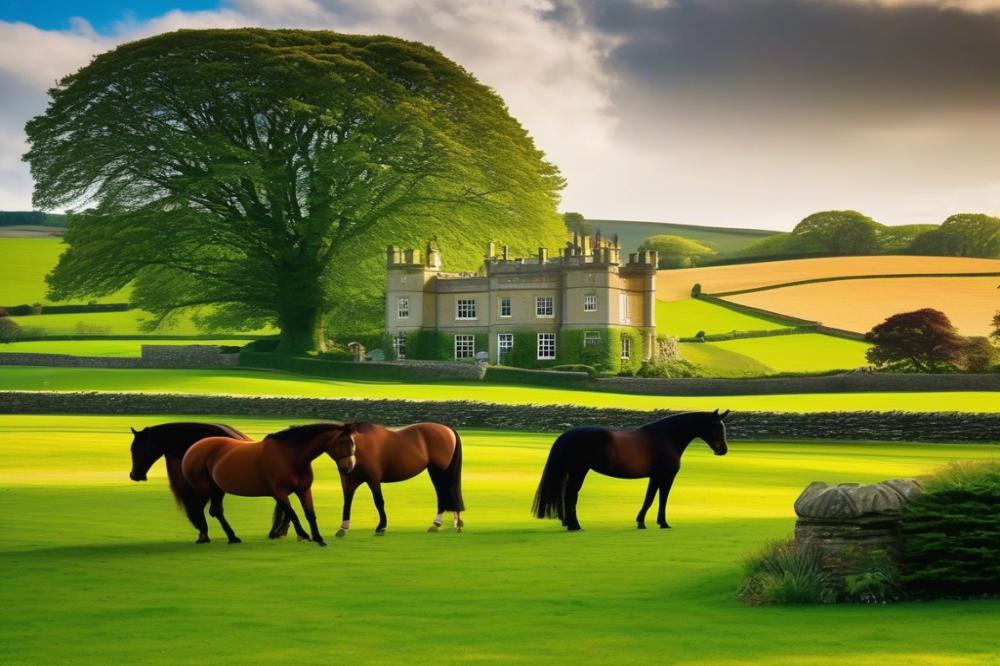
Equestrian sports encompass a range of activities that involve horses. In Britain, this includes everything from competitive riding to leisure events. Participants often seek to showcase their riding talents and bond with these majestic animals. With rich traditions, the scene is a vibrant part of British Culture.
Overview of Various Disciplines
Several key disciplines highlight the connection between horses and riders. Dressage emphasizes training, precision, and artistry. Riders guide their horses through a series of movements, showcasing the animal’s grace and skill. Show jumping tests both horse and rider over a series of obstacles. Timing and agility become crucial as they navigate the course.
Eventing combines elements of both disciplines. It includes dressage, show jumping, and cross-country phases. Athletes must demonstrate versatility and courage in this demanding sport. Polo, on the other hand, focuses on teamwork and strategy. Fast horses and quick reflexes are essential as players aim to score goals while riding at speed. Horse racing represents a different aspect, one steeped in excitement and tradition. It captures public attention with its thrill and pageantry.
Historical Context of Equestrian Sports in Britain
The history of these activities in Britain goes back many centuries. Horses have played a major role in warfare, transport, and agriculture. Over time, certain equestrian practices evolved into competitive sports. The initial focus often rested on practicality before shifting toward entertainment and competition.
Royal patronage has also shaped the landscape of horse sports. Events like the Royal Windsor Horse Show highlight the connection to the monarchy. Many prestigious competitions owe their roots to the customs of the aristocracy. The British Horse Society has worked to promote and manage equestrian sports, helping them grow over the years.
From rural hunting traditions to modern-day events, the love for horses remains constant. Communities come together to celebrate these activities, making them a crucial part of British life. Enthusiasts engage with horses not only as athletes but also as beloved companions. The bond between rider and horse continues to thrive throughout the ages.
Traditional Events and Competitions
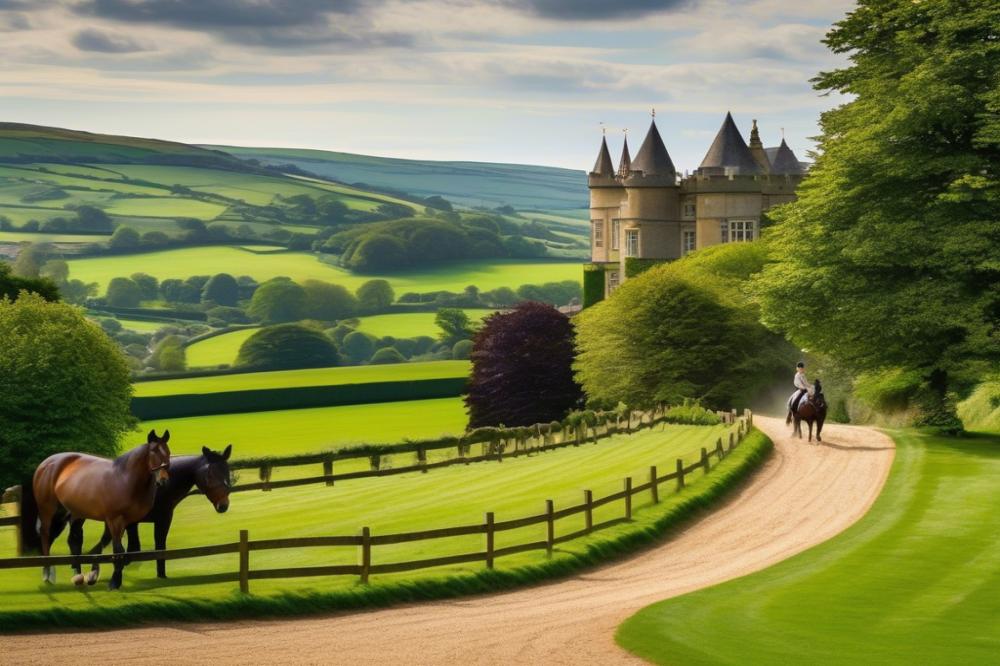
The UK boasts a rich array of major equestrian competitions. These events attract competitors and spectators alike. Among them, the Badminton Horse Trials distinguishes itself as a highlight of the calendar. Taking place annually in Gloucestershire, it showcases the best in three-day eventing. This event challenges riders and their horses across dressage, cross-country, and show jumping. Each year, it draws large crowds, eager to witness thrilling performances and incredible skill.
Burghley Horse Trials is another significant event. It happens in Lincolnshire and is one of the most prestigious in the sport. Participants come from around the world to compete in this rigorous test. Known for its demanding cross-country course, Burghley is a true test of endurance and teamwork. The combination of stunning scenery and intense competition creates a memorable experience for everyone involved.
Royal Windsor Horse Show remains a charming piece of British tradition. Held in the grounds of Windsor Castle, it has been a favorite for decades. Guests can enjoy a variety of competitions, including showing, show jumping, and dressage. The royal aspect adds an extra layer of excitement. This event not only highlights equestrian talent but also showcases the deep cultural ties between horses and British history.
Other notable events add to the vibrant equestrian landscape. The Horse of the Year Show features top competitors displaying their skills in various disciplines. It captivates audiences with its entertaining format and exceptional talent. Each of these gatherings serves as a celebration of the bond between humans and horses, reminding us of their vital role in British society.
Social and Cultural Aspects of Equestrian Sports
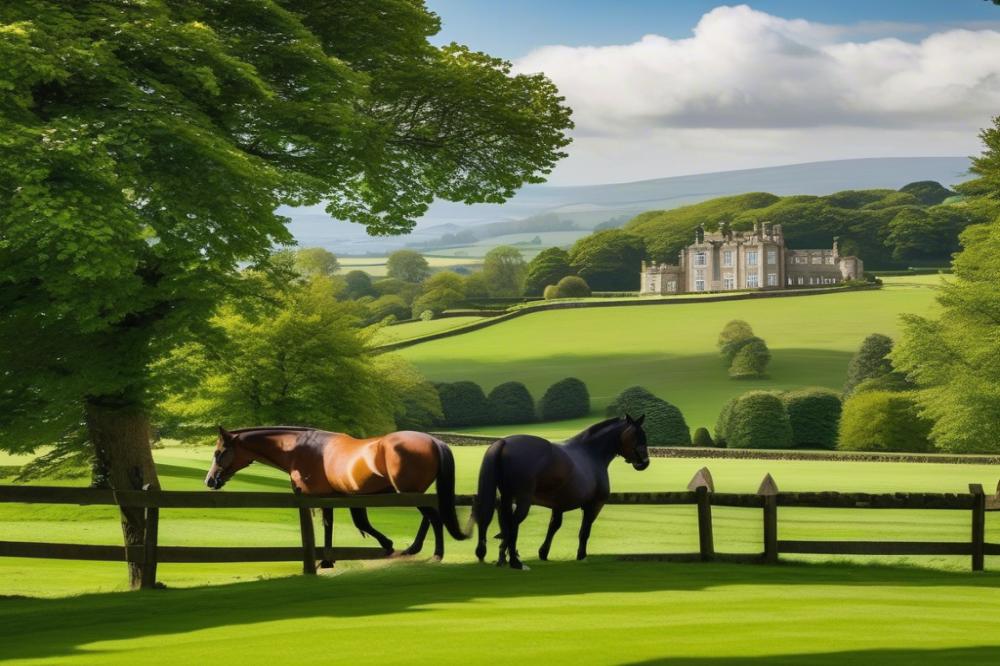
Horse riding and competitions have etched themselves deeply into British society. Across the country, events like show jumping and dressage attract a diverse audience. These gatherings are more than just competitions; they are social events that bring people together. Friends and families often come together to support riders. The excitement in the air can be felt as the crowd cheers for each participant. This communal spirit helps to create bonds among attendees.
Many families have long-standing traditions linked to horse riding. Generations pass down lessons and experiences, creating a rich tapestry of memories. Events such as the Royal Windsor Horse Show or Badminton Horse Trials often see multiple generations attending. Children grow up watching their parents or grandparents compete. This continuity fosters a strong sense of identity and belonging. Families find joy and pride in participating in these cherished activities.
Portrayal of Horses and Equestrianism in British Literature and Media
The influence of horses extends into British literature and media. Famous books often depict the bond between humans and these majestic animals. Works like “Black Beauty” highlight not only the beauty of the horse but also its significance in society. Films and television shows often romanticize the equestrian lifestyle, showcasing the grace and strength of both horse and rider. These portrayals invite viewers to appreciate the complexities of horse riding.
Additionally, equestrian sports have become focal points for documentaries and reality television. These programs provide insights into training, competition, and the emotional connection between horse and rider. They reveal the hard work and dedication required to excel. Such narratives resonate with viewers and spark interest in the sport. The influence of horses in culture is vast and multifaceted, making their presence felt in many aspects of daily life.
The Influence of Horses on British Identity
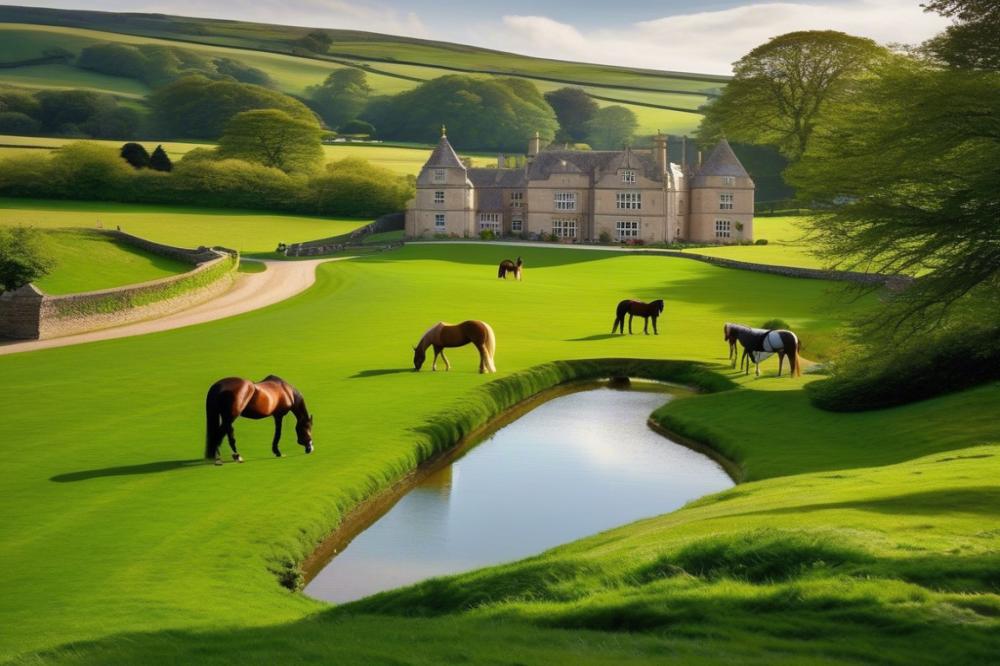
Horses have long been a symbol of status and heritage in British culture. For centuries, owning a horse often indicated wealth and nobility. This connection runs deep in the national psyche. Events like the Royal Ascot and Badminton Horse Trials highlight the importance of horses in society and how they are intertwined with tradition. The pomp and circumstance surrounding these events attract visitors from all over the world.
Perception of equine sports varies internationally. While some countries may focus on racing as the primary horse-related sport, the UK embraces a broader range. From dressage to show jumping, these activities showcase skill and artistry. Internationally, British equestrian events are respected for their rigorous standards and rich history. This global respect further cements the role of horses in defining national identity.
The impact of horses extends beyond sports. They have significantly influenced British arts, music, and fashion. Famous painters like Stubbs captured the beauty of horses in their work, showcasing their elegance. Classic literature often features horses, portraying them as symbols of freedom and power. In music, songs reflect the bond between humans and these magnificent animals. Fashion also embraces equestrian themes, incorporating styles inspired by riding gear.
Equestrian culture shapes social gatherings across Britain. Local fairs and hunt meets draw communities together, offering a communal experience centered on equine appreciation. Social dynamics often reflect horse ownership, from country estates to urban stables. Being involved in horse sports can elevate one’s social standing. This aspect adds another layer to the horses’ influence on British identity.
Modern Trends in Equestrian Sports
The landscape of equestrian sports has changed significantly in recent years. Awareness surrounding the importance of horses in sports continues to grow. With more people engaging with these activities, new styles of riding are emerging. Many riders now seek out ways to connect with their horses beyond competition. This shift reflects a desire for personal fulfillment rather than just winning medals.
Inclusivity plays a crucial role in today’s riding culture. Riding schools and clubs are adapting to welcome everyone, regardless of age or ability. Programs specifically designed for individuals with disabilities offer opportunities for many. These initiatives create an environment where everyone can experience the joy of riding. More diverse participation enriches the community and expands the sport’s reach.
Equestrian tourism has also seen substantial growth. People are not only interested in riding but also in experiencing life on horseback in various locations. This trend benefits local economies, boosting business for stables, hotels, and restaurants. Tours and lessons attract visitors eager to connect with nature on horseback. As more tourists flock to equestrian centers, the economic impact becomes clear.
With the rise of digital platforms, the equestrian community has become more connected. Social media allows riders to share their experiences and promote events easily. Online resources provide valuable information about training and riding techniques. These platforms play a role in fostering a sense of community among riders. Both new and seasoned riders can find support and inspiration online.
Final Thoughts on the Role of Horses in British Culture
Horses have long held a central place in equestrian sports within British culture. This connection is evident in the country’s traditions, events, and the passion of riders and spectators alike. From the elegance of show jumping to the thrilling excitement of steeplechasing, these animals are not just participants; they are essential partners in the journey of each event. The bond formed between horse and rider is a testament to the deep-rooted history of this sporting domain.
Looking ahead, the legacy of equestrianism remains strong. As society evolves, so too does the approach to these sports. Many individuals are working tirelessly to preserve the rich history while also adapting to modern trends. The future promises a blend of tradition and innovation, ensuring the love for riding continues to thrive. Young riders are emerging with fresh ideas, and new technologies are enhancing training methods. This evolution is vital for keeping the spirit alive.
It is crucial for everyone to appreciate and support equestrian sports. These activities are not merely about competition; they celebrate history, artistry, and dedication. Engaging with local events or simply learning about the traditions can help sustain this unique cultural phenomenon. The relationship between humans and horses has the potential to inspire many generations to come. Let’s come together to honor these rich traditions and ensure their survival for future enthusiasts.

